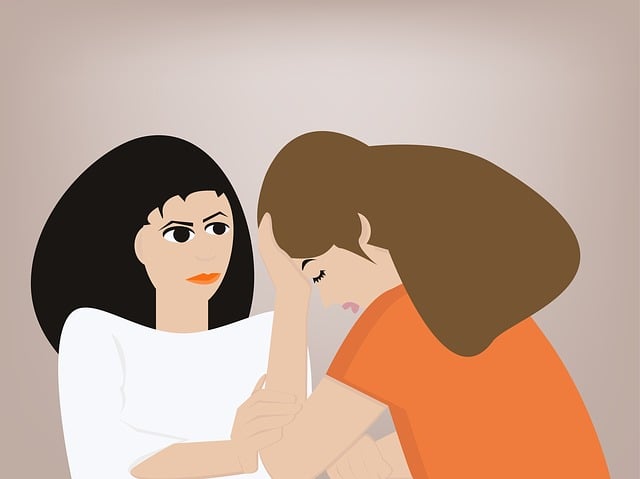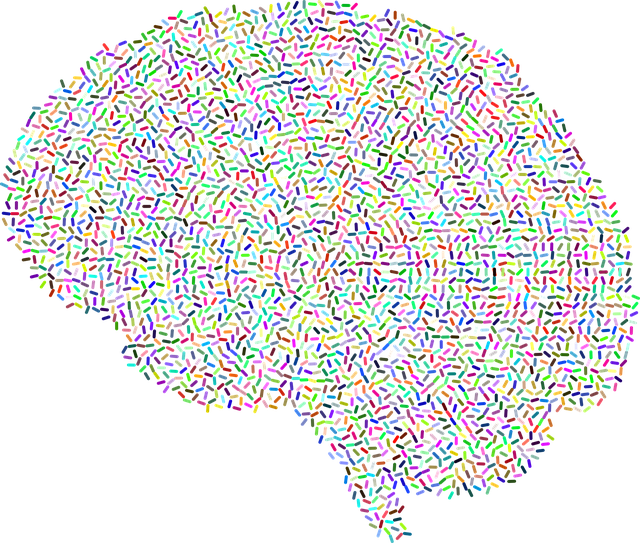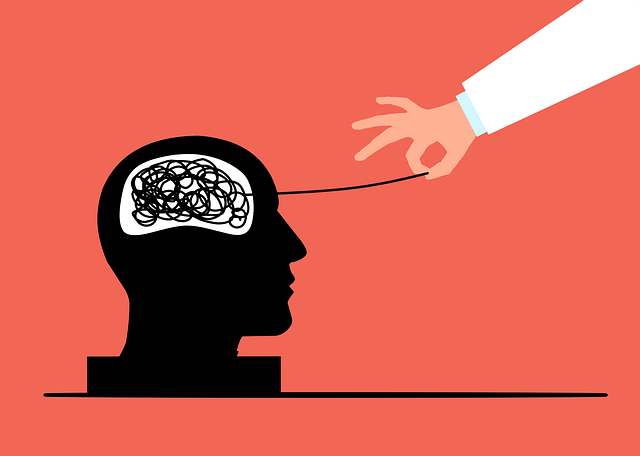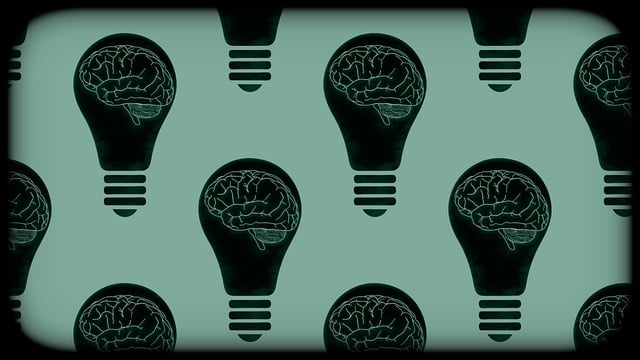The stigma around mental illness hinders adolescent recovery, discouraging them from seeking help like EMDR therapy, an effective trauma treatment. To combat this, crisis intervention guidance, self-care promotion, and healthcare provider education on cultural sensitivity are crucial. Organizations now offer specialized Trauma Support Services for teens, incorporating EMDR and stress management workshops. Mental Health Policy initiatives advocate for systemic changes to normalize conversations and improve care access. Building supportive communities through open mental health conversations and therapeutic practices like EMDR and journaling reduces stigma, empowering teens to seek help without judgment.
Mental illness stigma remains a significant barrier to seeking help. This article explores targeted efforts to reduce this pervasive issue, focusing on three key strategies. We delve into the profound impact of stigma on mental health, highlighting its effect on treatment-seeking behavior. Next, we introduce EMDR therapy as a revolutionary approach tailored for adolescent teens, offering hope and healing. Additionally, we discuss the power of supportive communities in fostering an environment where mental health discussions thrive, ultimately reducing stigma. By addressing these aspects, we aim to equip readers with insights into effective stigma reduction strategies, including EMDR therapy for adolescents.
- Understanding Stigma and Its Impact on Mental Health
- EMDR Therapy as a Powerful Tool for Teenage Adversity
- Fostering Supportive Communities to Reduce Stigma
Understanding Stigma and Its Impact on Mental Health

Stigma surrounding mental illness can have severe consequences on an individual’s well-being and recovery journey. It often manifests as negative attitudes, beliefs, and stereotypes that contribute to discrimination and social exclusion. When a teen experiences mental health struggles, stigma can create additional barriers to seeking help. Many adolescents might feel ashamed or fear judgment, leading them to conceal their symptoms or avoid necessary therapy, such as EMDR (Eye Movement Desensitization and Reprocessing), which is an effective approach for treating trauma in teens.
Reducing the stigma associated with mental health issues is crucial for fostering a supportive environment where teenagers can openly discuss their struggles without fear of repercussions. Crisis intervention guidance plays a significant role in this process, offering immediate support during critical moments. Additionally, promoting self-care practices and educating healthcare providers on cultural competency training are essential steps to ensure inclusive and empathetic care for young individuals navigating mental health challenges.
EMDR Therapy as a Powerful Tool for Teenage Adversity

EMDR Therapy emerges as a potent weapon against mental illness, especially for adolescent teens grappling with adversity. This therapeutic approach, short for Eye Movement Desensitization and Reprocessing, has proven effective in helping young individuals process traumatic memories and reduce associated symptoms. By facilitating rapid eye movements similar to those during REM sleep, EMDR allows patients to reprocess traumatic events, thereby reducing their impact on emotional and psychological well-being.
As a result, many organizations now offer specialized Trauma Support Services tailored for adolescents, incorporating EMDR alongside other evidence-based practices. Additionally, Stress Management Workshops have gained popularity as proactive measures to equip teens with coping mechanisms before or alongside formal therapy. In parallel, Mental Health Policy Analysis and Advocacy initiatives push for systemic changes that normalize conversations around mental health and enhance access to quality care for young people.
Fostering Supportive Communities to Reduce Stigma

Building supportive communities is a powerful strategy to reduce stigma surrounding mental illness, especially for adolescent teens. By fostering an environment where open conversations about mental health are encouraged, we can break down barriers and create safe spaces. This involves organizing community events, such as mental wellness podcasts or interactive workshops, providing platforms for individuals to share their experiences and educate others. Engaging in these activities allows for increased empathy and understanding, reducing the isolation often associated with mental illness.
Moreover, implementing therapeutic approaches like EMDR (Eye Movement Desensitization and Reprocessing) can play a significant role in community support. This therapy helps individuals process traumatic memories and reduce symptoms of anxiety and depression. Encouraging teens to participate in mental wellness journaling exercises guided by professionals can also enhance self-awareness and promote positive thinking. These initiatives collectively contribute to a more inclusive society, where individuals feel empowered to seek help without fear of judgment.
Mental illness stigma reduction is a multifaceted approach, from understanding its profound impact on individuals and communities to employing innovative therapies like EMDR, which has proven effective in treating adolescent teens. Fostering supportive communities that embrace mental health awareness plays a crucial role in creating a more inclusive society. By combining education, therapy, and community support, we can significantly reduce stigma and improve overall mental well-being.













